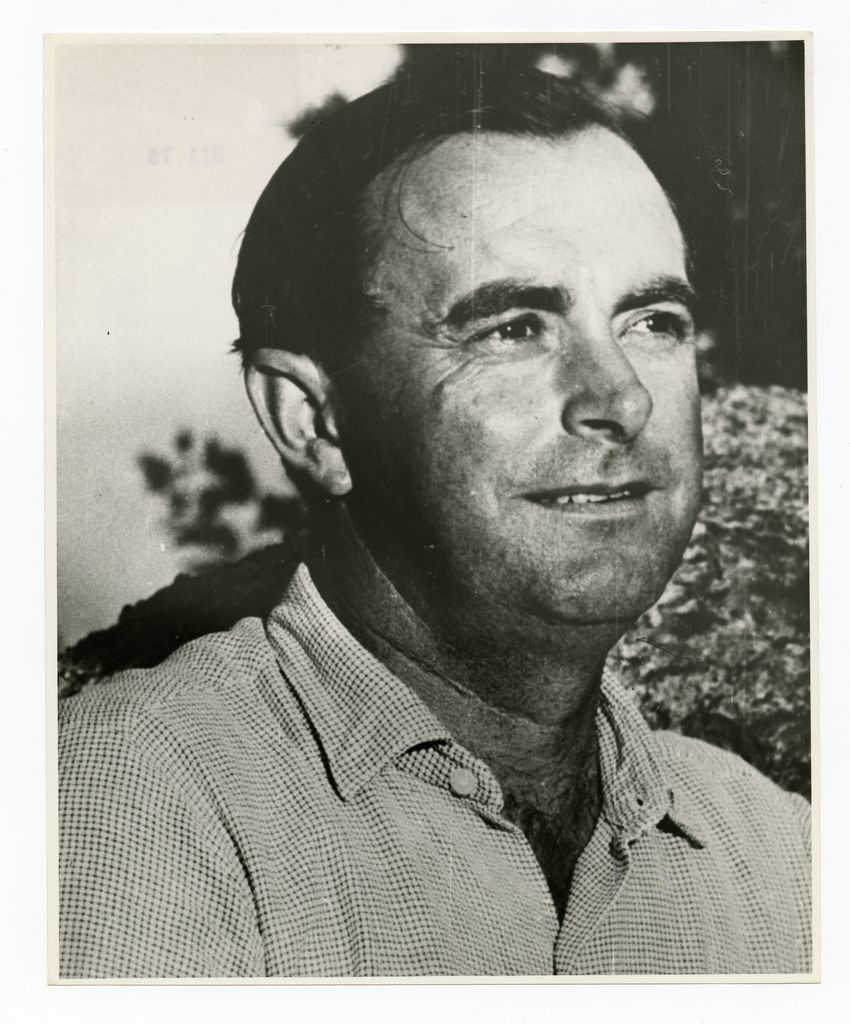 |
| Red Devil Dean by Frank Bellamy |
The original artwork from Chris Harris, (featured in the blog of 16 May 2013), drew a number of responses and, in particular, began an exchange of correspondence with David Slinn -(who has recently assisted Steve Holland on his marvellous "Boy's World: Ticket to adventure", more on that in a later feature). Where this eventually led, is also for another time, but his initial observations are presented unedited as he can say it better than I can!
“First, let’s deal with ‘Red Devil Dean’. Included in ‘The Editor writes’, Junior Express Weekly, No.40, 25 June 1955, is this announcement about next week’s issue:
“...Then we have RED DEVIL DEAN. Red, an ex-Commando who finds post-war life humdrum, has a way of turning up wherever there is trouble. In his first adventure he is involved in an Arab rebellion in mysterious Morocco.”
Even that brief description uncannily tallies with the character Frank has depicted – though, disappointingly, as you’ll quickly spot in this first episode [pictured below], it appears Tug Wilson has already decided to go a.w.o.l.?
In the mid-Fifties, your average youngster having grown up during the War, will have associated the “Red Devils” as the nickname for the 1st Parachute Brigade and, most probably, their involvement at Arnhem. As you’ve already established, the insignia is of Allied Combined Operations and, to add to these coincidences, even allowing for Desmond Walduck’s unmistakeable style, there is a discernible facial resemblance with Frank’s redheaded character. Admittedly, with Junior Express Weekly’s production restricted to red as a second colour, editorially expediency may have decided this new hero’s genetic traits.
'Red Devil Dean' by Desmond Walduck
Junior Express 41 July 2, 1955
Without knowing just when the specimen artwork was produced and why Frank’s version shows both men in uniform equipped for combat, suggesting the proposed stories were to be fictional wartime adventures, it’s difficult to offer much more than conjecture. Other than, while children’s titles of that period tended to persevere, often for years on end, with proven familiar content - unusually, Junior Express Weekly’s format, strips and features all seemed to be constantly evolving week-by-week.
By the time this new series had been planned to replace Jim Holdaway’s ‘Joanna of Bitter Creek’, the paper had embarked on a very successful strip adaptation of ‘The Colditz Story’, superbly illustrated by Tony Weare which led to ‘The Dam Busters’ and, later on, ‘The Bold and the Brave’ series of real-life wartime exploits. This may well have influenced the editorial decision to make Red Devil Dean an ex-Commando, with his adventures set in a civilian environment.
In any event, Frank’s further participation would have been ruled out by developments elsewhere. When, as you know, in addition to drawing ‘The Swiss Family Robinson’ for Swift he was asked during February 1955, to take over the ‘Paul English’ serial from Giorgio Bellavitas who was also coping with ‘Mark the Youngest Disciple’, on Eagle’s prestigious back-page colour feature.”
==============================================
Many thanks to David for his clear thinking on this matter and, as you’ll see next time, also providing another fascinating insight to Frank’s early career – with a triple-discovery – Be here for ........‘The Missing Lynx’!


























